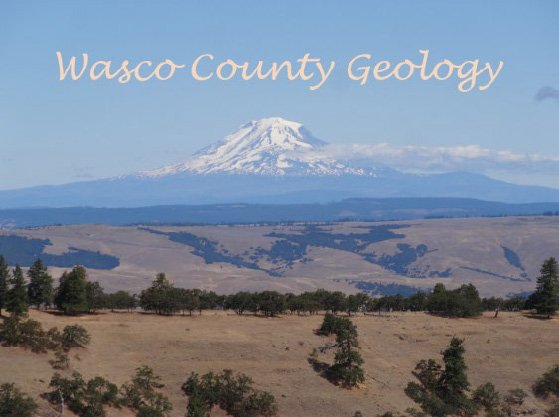Meteorite Findings and “Greatest Hits”
/Synopsis of the May 8, 2015, GSOC Friday Night Lecture “Meteorite Discoveries: Greatest Hits” with speaker Prof. Alex Ruzicka, Ph.D., Portland State University
by Kyle Dittmer
Over 70 of us gathered in Cramer Hall 53 to hear the latest science of meteorites. This topic is of great interest to geologists and planetary astronomers alike because space rocks are the best rock record of the early days of the solar system and the processes that formed it.
We need to distinguish from a Meteoroid (rock in space), Meteor (rock falling through Earth’s atmosphere and burning up), and Meteorite (a meteor that survives a fall and lands on Earth). When meteorites fall, they tend to come down in pieces and land in a strewn field.
Common meteorite size and frequency of falls: 1 m (hours-days) to 10 m (years). This means that the small ones fall more frequently (and less likely to cause major damage). The rare ones are 100 m (century-millennia) and can cause major damage anywhere on Earth.
The sources of meteoroids come from interplanetary bodies (e.g., Asteroid Belt, etc.), Moon, Mars. The main geological evidence to distinguish meteorites is mineralogy (as compared with rock samples from the Moon or Earth). Meteorites are classified as Iron, Stony-Iron, and Stony (a.k.a., Chondrite). There are also the Achondrites – made of different materials from the Moon, asteroid, etc. that formed from multiple collisions.
Statistics (2000): meteorite falls (957) vs. finds (3854). In 2015, over 52,000 meteorites were found, with a good number in the Sahara (and the Bedouin nomads are trained to spot such rocks, gather them, and trade them in for currency!). The use of a log-scale plot of a meteorite’s chemistry vs. the Sun’s spectral photosphere can be very useful in comparing meteorite types.
Here are the latest “Greatest Hits”: (1) The solar system formed relatively fast, in only 10 million years; (2) Much early planetary material was either partly melted, evaporated, and/or dispersed in the early solar nebula; (3) Pre-solar grains are incorporated in the chondrite matrix; (4) Pre-biotic organic synthesis occurred as building blocks in the early solar system; (5) Decay of short-lived radioactive isotopes gave the heat source of silica-rich bodies in the early solar system; (6) Planetary rock swaps occurred throughout the history of the solar system.
Dr. Ruzicka’s presentation was interesting and insightful. He took on questions afterwards then we retreated to the PSU Geology Office for a reception of some cookies.
























































